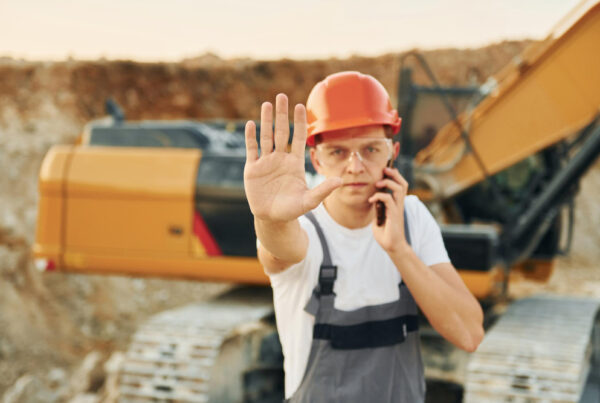Excavation is a critical part of many construction and development projects. However, it can have significant environmental impacts if not managed properly. This article explores the environmental considerations in excavation and provides strategies to mitigate the adverse effects on soil, water, and wildlife.
Impact on Soil
Erosion and Sedimentation
Excavation can lead to soil erosion and sedimentation, which can degrade the land and negatively affect water quality in nearby streams and rivers. To mitigate this, it is essential to implement erosion control measures such as silt fences, sediment basins, and temporary seeding.
Soil Compaction
Heavy machinery used in excavation can compact the soil, reducing its permeability and affecting plant growth. To minimize soil compaction, use designated pathways for machinery and consider using lighter equipment or low-pressure tires.
Topsoil Preservation
Topsoil is a valuable resource for plant growth and ecosystem health. During excavation, it is important to carefully remove and store topsoil for later use in site restoration. Properly stockpiled topsoil can be reapplied to the site, promoting vegetation recovery and minimizing habitat disruption.
Impact on Water
Water Contamination
Excavation can lead to the contamination of water bodies through runoff containing sediments, chemicals, and pollutants. Implementing stormwater management practices, such as retention ponds, wetlands, and buffer zones, can help filter and clean runoff before it reaches water bodies.
Groundwater Disruption
Deep excavation can disrupt groundwater flow and quality. Conducting a thorough hydrological assessment before excavation can help identify potential impacts on groundwater. Mitigation measures may include dewatering techniques and monitoring groundwater levels during and after excavation.
Impact on Wildlife
Habitat Destruction
Excavation can destroy or fragment habitats, affecting local wildlife populations. Conducting a wildlife assessment before excavation can help identify critical habitats and species at risk. Implementing conservation measures, such as creating wildlife corridors and preserving key habitat areas, can help mitigate these impacts.
Disturbance to Wildlife
Noise, light, and human activity associated with excavation can disturb wildlife. Scheduling excavation activities to avoid sensitive periods, such as breeding seasons, and using noise barriers can reduce disturbance to wildlife.
Best Practices for Sustainable Excavation
Planning and Assessment
Comprehensive planning and environmental assessment are crucial for sustainable excavation. Identifying potential environmental impacts and developing mitigation strategies early in the project can help minimize adverse effects.
Use of Eco-Friendly Equipment
Using eco-friendly equipment, such as electric or hybrid machinery, can reduce emissions and noise pollution. Additionally, regular maintenance of equipment ensures efficient operation and minimizes environmental impact.
Restoration and Rehabilitation
Post-excavation restoration and rehabilitation are essential for mitigating long-term environmental impacts. Recontouring the land, replanting native vegetation, and restoring habitats can help recover the ecological balance of the area.
Conclusion
Environmental considerations in excavation are vital for protecting soil, water, and wildlife. By implementing effective mitigation strategies and best practices, we can minimize the environmental footprint of excavation projects and promote sustainable development. Responsible excavation not only safeguards natural resources but also ensures compliance with environmental regulations and enhances community support for construction projects.






